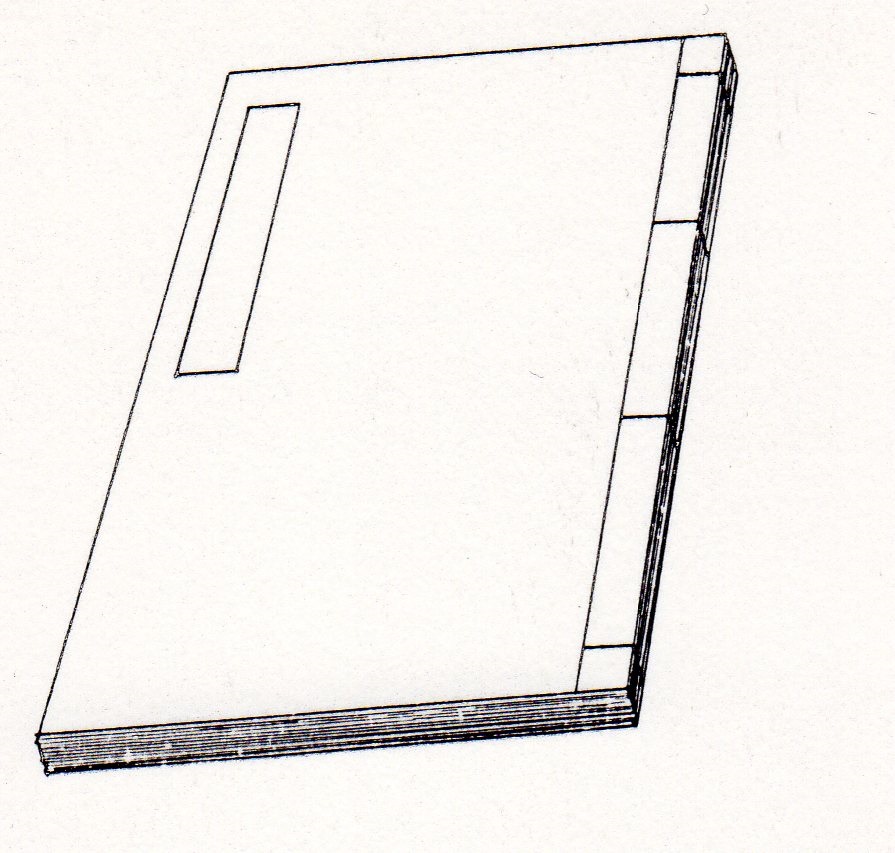| Also
read fukurotsuzuri. Also called karatoji Τ and fukurozoushi
άq. Lit. pouch-binding. The most common type of book-binding in Japan,
made of thin sheets of paper which are inscribed or printed on only one
side, folded in half, text-side out, and stacked together. Covers are added
to the front and back, and the book is stitched along the spine (the edges
opposite the folds) so that each double-leaved page forms a pouch, fukuro
ά, which is open at the top and bottom. Although variations exist, typically
four tiny holes are made at equidistant lengths along the spine edge and
the sheets and covers are then bound together tightly with thread. The fukurotoji
was introduced from China and began to replace most other binding styles
after the 14c. One of the earliest examples is the Anthology of Regent
Ichijou ICHIJOU SESSHOUSHUU κπΫW (mid-12c). Double-leaved pages
are pasted together indicating the initial stage of pouch-binding. |

